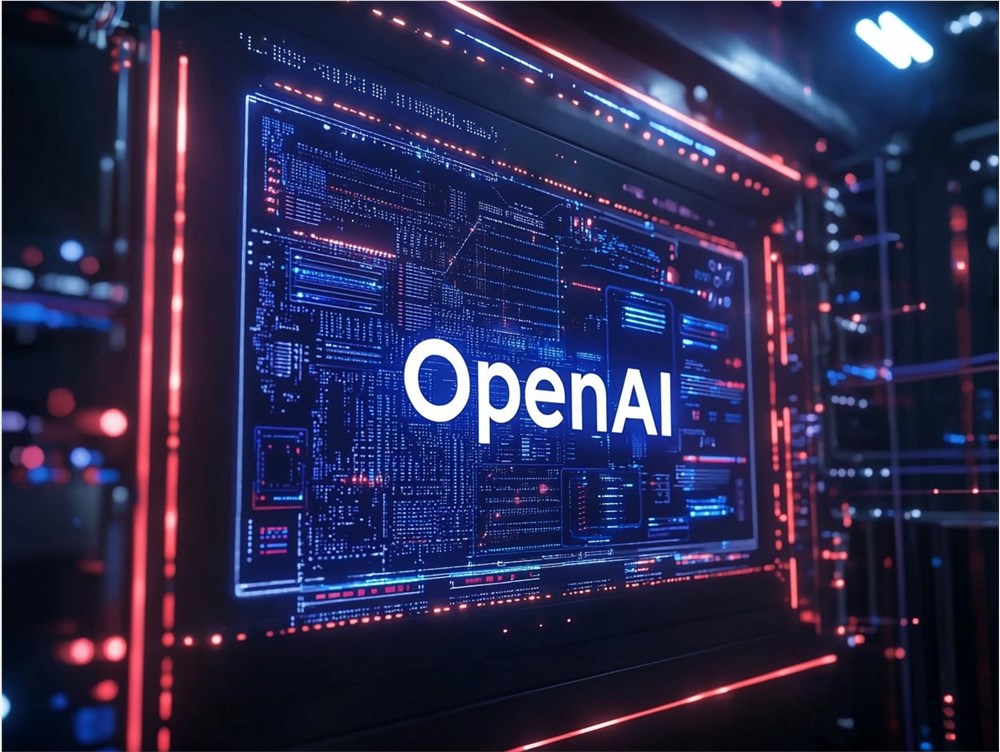According to the latest industry forecasts, if the AI giant OpenAI can achieve its ambitious revenue goals, it is expected to set an unprecedented growth pace in the history of the tech industry.
It has been reported that OpenAI predicts its AI sales will jump from around $13 billion in 2025 to $100 billion by 2028 or 2029 within just three to four years.

An Unprecedented Speed
The astonishing aspect of this forecast lies in its speed. According to data from Epoch AI, only seven U.S. companies (the ones Epoch AI could find) have managed to leap from $10 billion to $100 billion in sales within ten years or less over the past fifty years. OpenAI, however, expects to significantly shorten this milestone to just three years.
Epoch AI emphasized that achieving a leap from $10 billion to $100 billion in just three years would be unprecedented. The fastest record for achieving such a leap among U.S. companies is currently held by Tesla and Meta, which took seven years; even software giant Google took a full ten years. Many fast-growing companies that have reached a $10 billion valuation, such as Moderna and Cheniere Energy, have not yet exceeded $40 billion in market value.
Epoch AI pointed out that OpenAI's revenue goals will set a new precedent for growth in the U.S. AI industry.
Challenges and New Business Growth Areas
However, to achieve such explosive growth, OpenAI will need more than just its existing ChatGPT subscription business. The company expects that about half of its revenue will come from ChatGPT by 2028, while the rest will rely on the expansion of new businesses, possibly involving areas such as advertising, shopping, and knowledge work automation.
Notably, if OpenAI fails to meet its targets, it may need to re-examine its expensive infrastructure agreements with hardware giants like NVIDIA, AMD, and Broadcom. Given the interconnected nature of many companies in the AI field, any adjustments could trigger a chain reaction across the entire industry.
Despite the severe challenges posed by high infrastructure costs to profit margins, even approaching these goals would be a significant achievement for OpenAI, at least strongly demonstrating the strong demand for artificial intelligence in the market.







